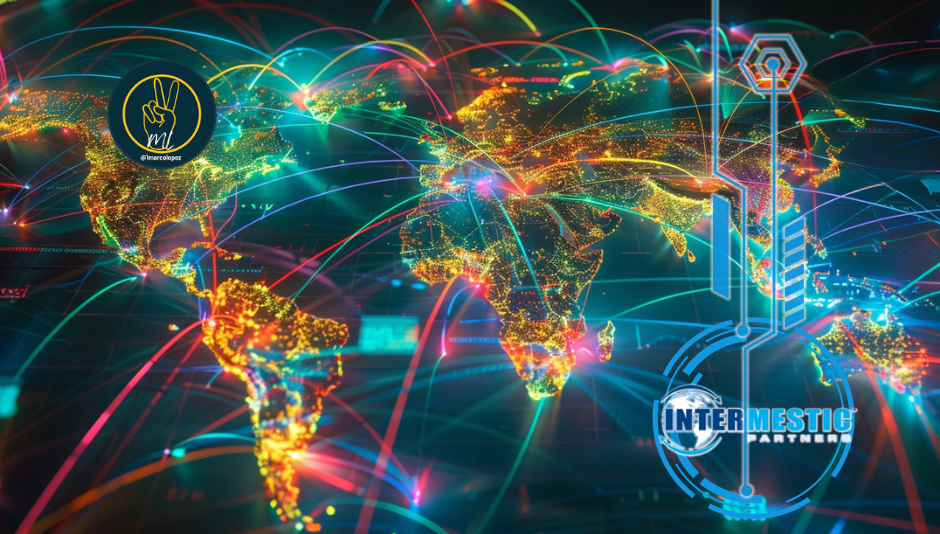
Revolutionizing Global Commerce: How Technology and Collaboration Drive Trade Facilitation
- Marco Lopez

- Jul 3, 2024
- 2 min read

Trade facilitation is key to enhancing global commerce, simplifying and digitalizing international trade procedures from logistics to customs. As globalization accelerates, efficient trade processes and advanced technology become essential. With my extensive experience as the former mayor of a border city in Arizona, Director of the Arizona Department of Commerce, Chief of Staff at US Customs and Border Protection, and CEO of Intermestic Partners, I have a unique perspective on these developments.
Current State of Trade Facilitation
Modern trade facilitation practices emphasize transparency, simplification, and harmonization of international trade procedures. Tools like single windows, pre-arrival processing, and electronic payments are commonly used. However, challenges such as infrastructure bottlenecks and inefficiencies in customs procedures persist, highlighting the need for technological advancements and collaboration.
Technology's Impact on Trade Facilitation
Technology plays a crucial role in enhancing transparency, efficiency, and cost reduction. AI processes and analyzes data in real-time, improving decision-making and risk management. Blockchain technology ensures the traceability and authenticity of goods, streamlining customs procedures and reducing fraud.
Innovation and technology adoption, such as automation and machine learning, eliminate barriers and foster seamless cross-border trade. AI and predictive analytics enhance decision-making, forecasting, and resource allocation. However, privacy, security, and data governance risks, along with the digital divide, pose challenges.
Collaboration in Trade Facilitation
Collaboration among stakeholders, including government entities, trade bodies, businesses, and technology providers, is vital. Trade Information Portals, resulting from public-private partnerships, simplify the trader's journey by consolidating necessary information. Overcoming challenges like organizational culture differences, lack of trust, and technological disparities requires common goals, clear communication, and equal access to technology.
Future Prospects
The future of trade facilitation is promising, with technologies like AI, blockchain, and the Internet of Things driving digitization and automation. Distributed Ledger Technology (DLT) brings trust and transparency to international trade, reducing fraud and speeding up processes.
Global standards and platforms are emerging, promoting integrated and seamless trading processes. Initiatives like the World Trade Organization's Trade Facilitation Agreement reflect this trend.
Conclusion
Technology and collaboration will shape the future of trade facilitation. Advances in technology will enhance efficiency and transparency, while collaboration will ensure seamless global supply chain functioning. Despite challenges like data privacy concerns and cybersecurity threats, the benefits of integrating technology and fostering collaboration are undeniable. The vision is a globally integrated, efficient trade process benefiting all stakeholders.
To collaborate with me and Intermestic Partners, leaders in trade facilitation, reach out today.
.png)




Comments